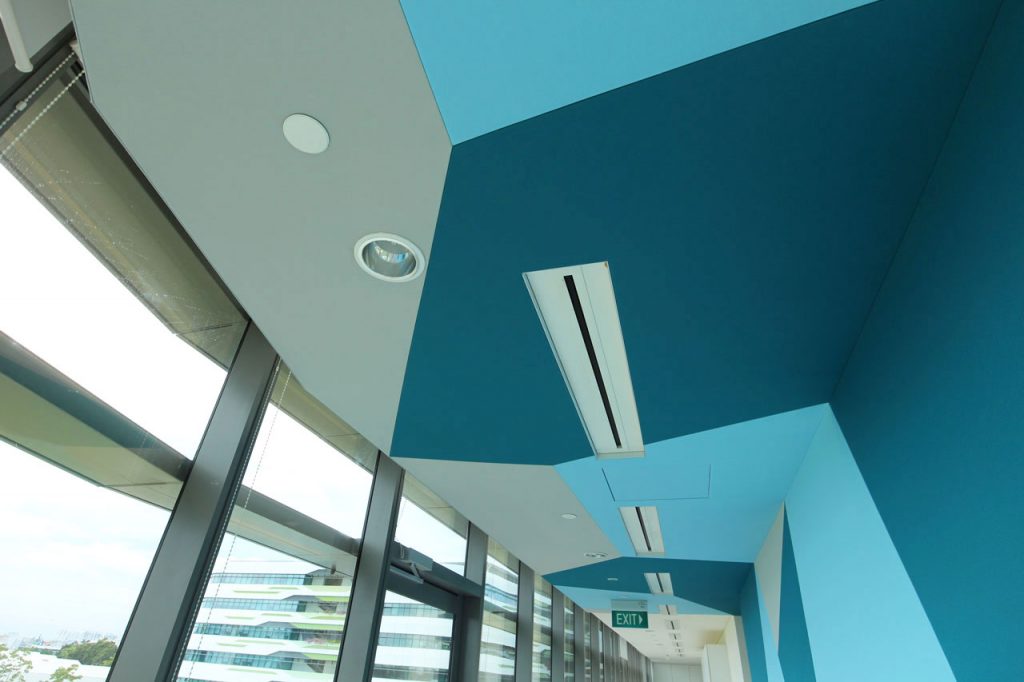Fabric Acoustic Panels in Interior Design Trends

Exploring the Evolution in Interior Design
The surge in popularity of fabric acoustic panels in interior design marks a significant trend in modern aesthetics and functionality. These panels blend acoustic efficiency with innovative design, reshaping how spaces manage sound and visual appeal.

Historical Evolution of Reconnaissance
The Emergence of Fabric Acoustic Panels
Fabric acoustic panels have become a staple in contemporary interior design, offering a fusion of style and practicality. They address the need for sound management without compromising on the visual aspect of a space¹.
Bevel Fabric Acoustic Panels: A Modern Twist
Bevel fabric panels are at the forefront of this trend. They feature angled edges, adding a dynamic and sophisticated look while enhancing sound absorption capabilities².

Innovative Panel Designs
Diverse Design Options
The design options for fabric acoustic panels are diverse, ranging from standard rectangles to complex geometric patterns. This variety allows designers to create unique and visually captivating spaces³.
Facet Shapes: Adding Dimension
Facet-shaped panels are particularly popular, offering a multi-dimensional look. These panels create a visually striking pattern that adds depth and character to any space⁴.
Functional Aesthetics in Panel Usage
Enhancing Sound Quality
Beyond their aesthetic appeal, fabric acoustic panels are highly effective in improving sound quality. They absorb excess noise and reduce reverberations, making them ideal for various settings, from offices to entertainment areas⁵.
Customizable Solutions
These panels can be customized in terms of size, color, and texture, allowing for seamless integration into any design scheme. Customization enables designers to meet specific acoustic and aesthetic needs⁶.
The Impact of Acoustic Panels in Modern Spaces
Transforming Work and Leisure Environments
The incorporation of fabric acoustic panels has transformed both work and leisure environments. They create spaces that are not only acoustically comfortable but also visually appealing⁷.
Sustainability in Material Selection
Many fabric acoustic panels are made with sustainable materials, aligning with the growing demand for eco-friendly design solutions. This approach contributes to environmental conservation while providing functional interior design elements⁸.

References
- Barron, M. (2017). Acoustic Design for Auditoriums. Wiley & Sons.
- Egan, M. D. (2007). Architectural Acoustics. McGraw-Hill Education.
- Yeang, K. (2016). Sustainable Building Design. Wiley.
- Howard, D. M., & Angus, J. (2019). Acoustics and Psychoacoustics. Focal Press.
- Bradley, J. S. (2018). Building Acoustic Design. Applied Acoustics.
- Shield, L., & Dockrell, J. (2008). The Impact of Acoustics on Learning in Educational Spaces. Cambridge University Press.
- Ozener, O. U. (2010). Green Architecture: Advanced Technologies and Materials. GreenSource Books.
- Hopkin, P. (2015). Fire Safety in Building Design. RIBA Publishing.
Share